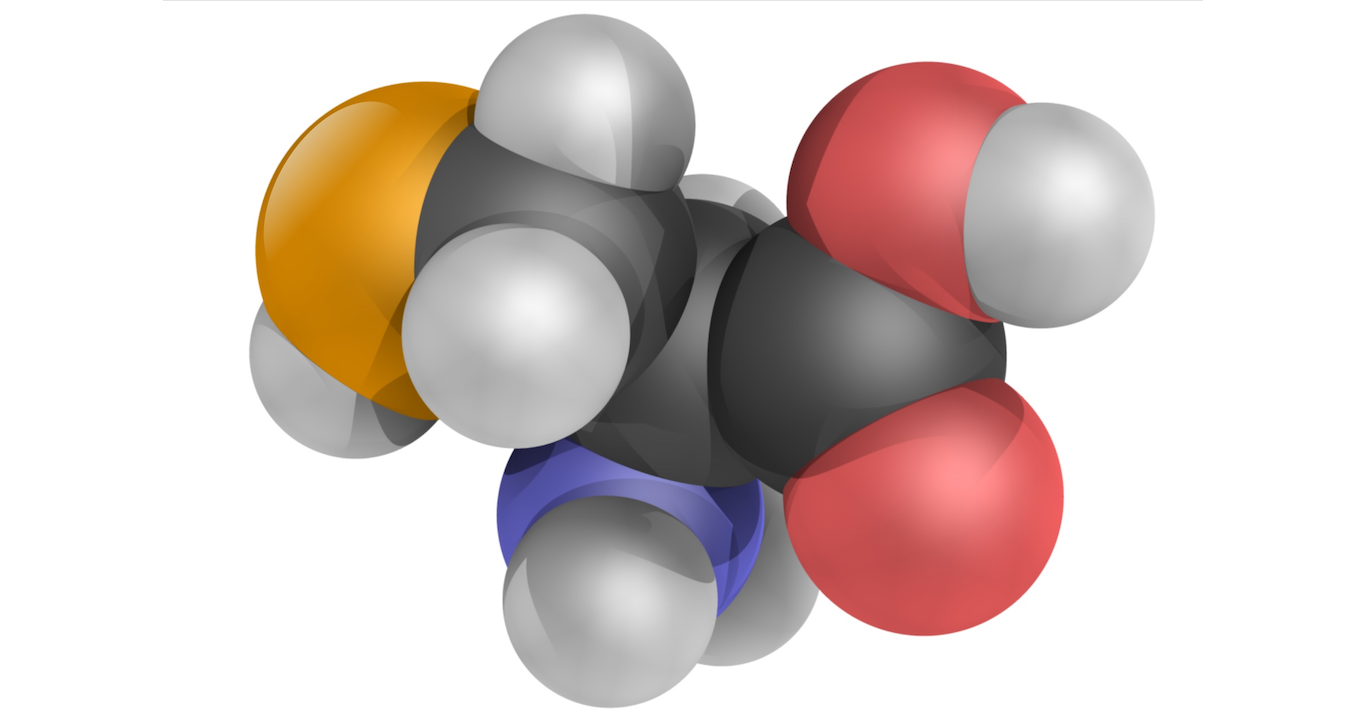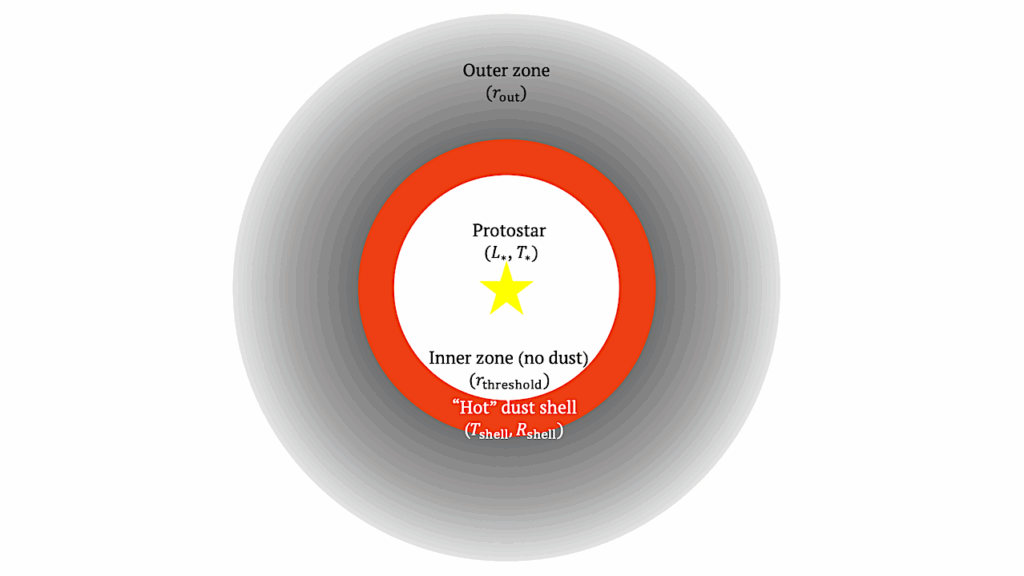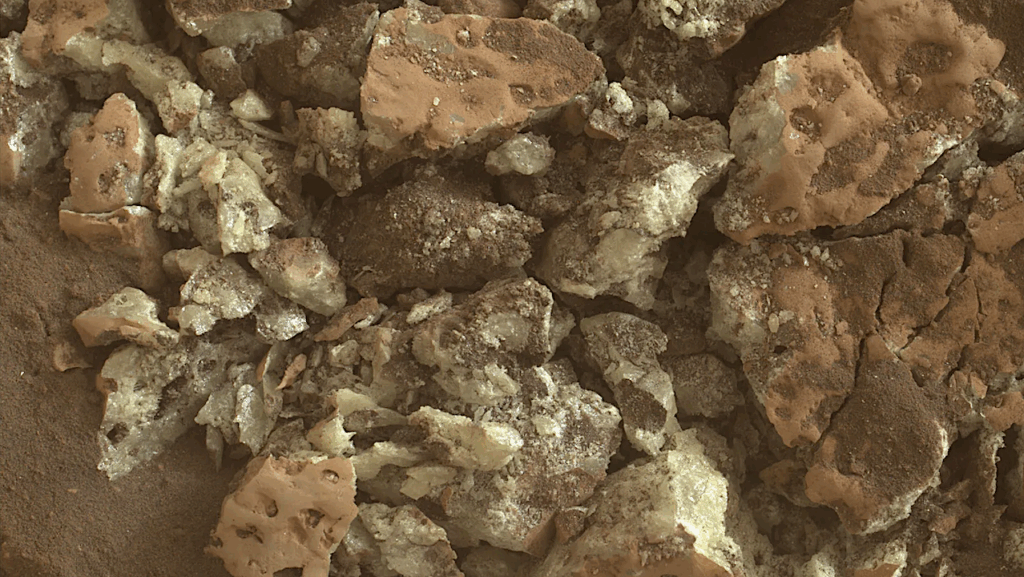A New Synergistic Method Can Create Non-canonical Amino Acids By Merging Synthetic Photochemistry With Biocatalysis

New chemistry, new enzymology. With a new method that merges the best of two worlds — the unique and complementary activities of enzymes and small-molecule photochemistry — researchers at UC Santa Barbara have opened the door to new catalytic reactions. Their synergistic method allows for new products and can streamline existing processes, in particular, the synthesis of non-canonical amino acids, which are important for therapeutic purposes.
“This method solves what in my opinion is one of the most important problems in our field: how to develop new catalytic reactions in a general sense that are new to both biology and chemistry,” said chemistry Professor Yang Yang, an author of a paper that appears in the journal Science. On top of that, the process is stereoselective, meaning it can select for a preferred “shape” of the resulting amino acid.
The synergistic photobiocatalytic method consists of two co-occurring catalytic reactions. The photochemical reaction generates a short-lived intermediate molecule that works with the reactive intermediate of the enzymatic process, resulting in the amino acid.
The biocatalysis side starts with an enzyme to activate an abundant natural amino acid substrate and form an enzymatic intermediate. Meanwhile, on the synthetic side, a small molecule photocatalyst is made to absorb visible light in order to use the energy to activate another substrate. This reaction creates a short-lived radical species — a transient, highly reactive molecule that is the Yang Lab’s tool of choice.
The thing about radicals (also known as “free radicals”) is that not only do they tend to be short-lived, they’re also hard to corral.
“The general consensus has been that if you form a radical in the solution or outside the protein pocket, there would be so many things that could happen to it before it could do something productive, like undergo side reactions, or be destroyed,” Yang said.
But the lab’s ace in the hole is the intermediate molecule generated by the enzymatic reaction, which can capture the freewheeling radical.
“So now the most important and interesting step is that once we form this transient and short-lived free radical species, it can travel to the enzyme’s active site and react with the enzymatically formed, activated covalent intermediate molecule,” Yang said. “We’ve essentially engineered a system where the radical can efficiently react with the enzymatically formed intermediate and do stereoselective chemistry.”
Stereoselective amino acid synthesis by synergistic photoredox-pyridoxal radical biocatalysis, Science
Astrobiology








